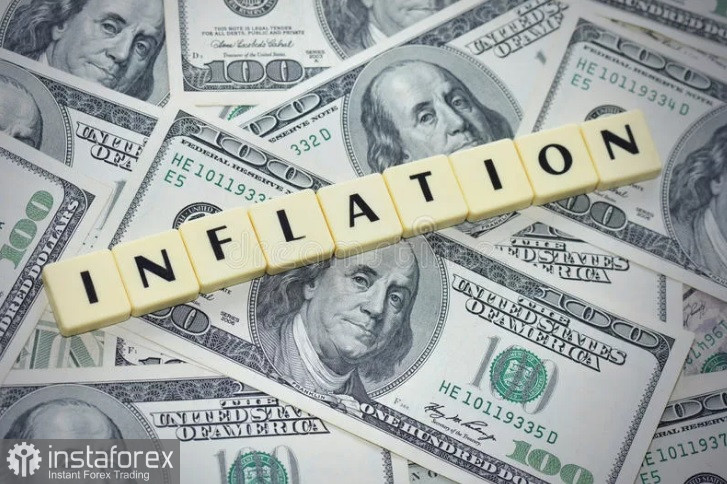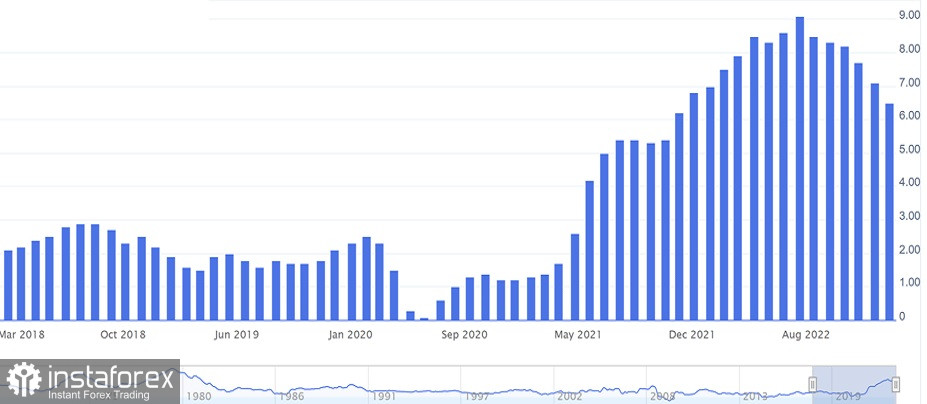
With the U.S. inflation back in June at its highest level in 40 years, yesterday's December CPI report was a welcome change as inflation gradually declines. Just six months ago, headline inflation hit an alarming 9.1%. The historical rise in inflation has been a long process after hitting 0.329% in April and 0.118% in May 2020.
Initially, inflation grew slowly and ended at 0.812 in December 2020. It was January 2020 that had the highest monthly inflation rate of 2.487%. Still the average rate for that year was 1.234%. The Federal Reserve's move was logical as inflation was well below its 2% target.
In 2021, inflation ended with an average annual inflation of 4.698%. In March of that year, it exceeded the 2% target set by the Federal Reserve by 0.62% and began to rise steadily, with almost every subsequent month being hotter than the previous one. Inflation topped 4% in April, approached 5% in May, and ended the year at an alarming 7.036%.
However, the Federal Reserve did nothing maintaining the belief that the recent surge in inflation was temporary and would dissipate without any influence from the Federal Reserve. It was this wrong assumption that led to a rate of inflation not seen in 40 years. In January 2022, the inflation rate continues to rise from 7.48% in January and just above 9% in June. Still, the Federal Reserve continued to mistakenly believe that the 40-year high and inflation would disappear on its own. One of the greatest failures of the Federal Reserve in recent history, both in their forecasts and projections, and one that has led to the most inadequate action, is inaction as inflation continues to spiral.
Since June, when inflationary pressures peaked at 9.1%, we have seen a methodically consistent decline in the inflation rate by about one-third. While the 2% target has yet to be reached, it is clear that the Federal Reserve's recent actions have effectively brought inflation down. Nevertheless, Fed members have come to the unanimous opinion that they will continue to keep interest rates high and may even implement another rate hike to reach their goal of just above 5%.

Will the Fed make a big mistake by not following the data that shows it's time to slowly cut rates? The Federal Reserve has been saying for too long that inflation was temporary, not permanent. Now they are making another huge mistake by ignoring the data because they used to think the best forward-looking guidance they could offer was to keep rates up. Members of the Federal Reserve are supposed to be experts in their field.





















